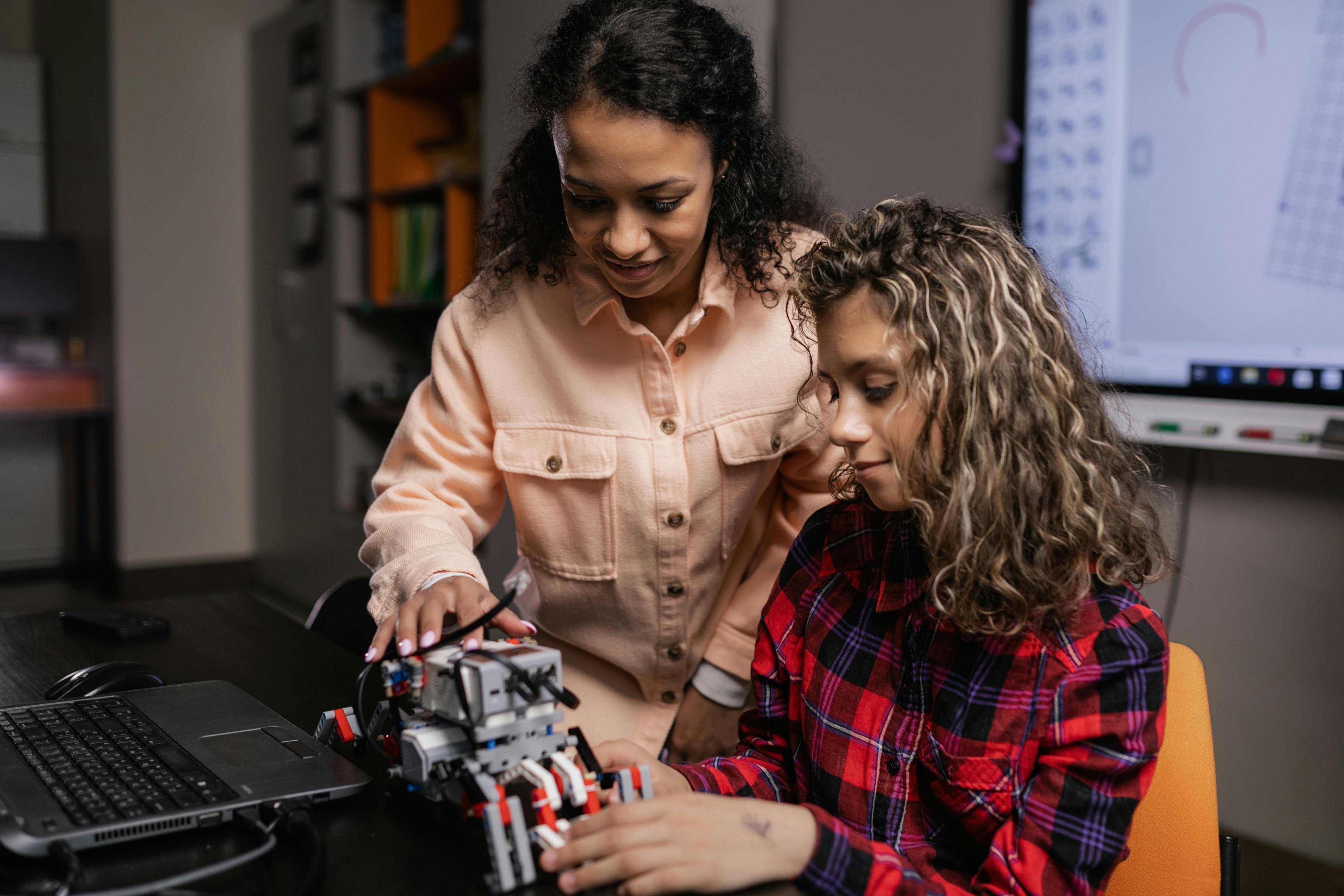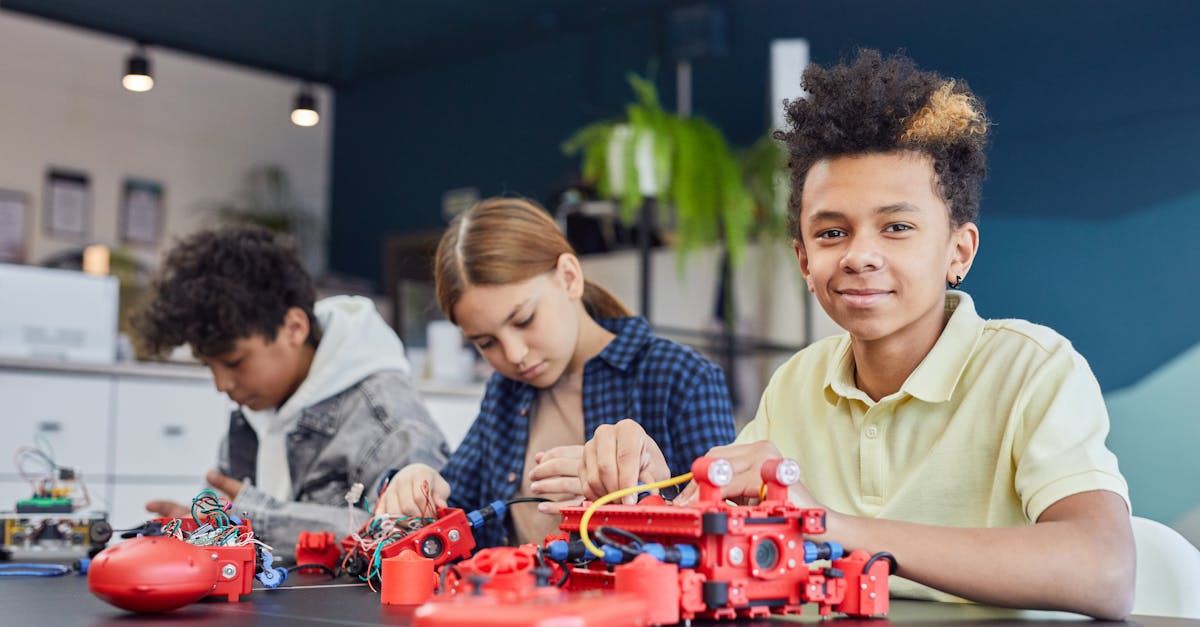Introduction
By 2024, robotics and artificial intelligence (AI) will have significantly changed the educational scene. These technologies are reshaping education now and are also set to change it in the future. The combination of robots and AI in education is obviously a trend that will continue, since the market for AI in personalized learning is predicted to increase at an astounding compound annual growth rate of 44.3%, reaching $48.7 billion by 2030.
Current State of AI in Education
AI has already penetrated the educational industry somewhat significantly. Personalized learning experiences for students are being created with AI in anything from adaptive learning platforms to intelligent tutoring systems. Learning results have been shown to be much improved by personalized learning, which adjusts instructional material to the needs and speed of each learner. Recent data indicates a sharp rise in the application of AI in education, with a market size projected to reach $48.7 billion by 2030 from $5.2 billion in 2022. This increase shows how much more AI is being used to improve educational procedures and results.

Benefits of Robotics and AI in Education
Both students and teachers gain much from the incorporation of AI and robots into the classroom. AI-powered tools give pupils personalised learning routes, which facilitates understanding of difficult subjects. Robotics may provide practical learning opportunities that give abstract ideas a concrete form. AI can help teachers with administrative work like scheduling and grading so they can concentrate more on instructing. Additionally promoting interactive learning and involvement and improving the educational experience is the usage of robots in the classroom. Robots made to instruct in coding and STEM disciplines and intelligent virtual assistants for tutoring are two instances of AI tools in use.
Challenges and Considerations
The extensive advantages notwithstanding, there are obstacles in the way of AI and robotics being widely used in education. Addressed are ethical issues with data privacy and the possibility of AI biases. There are also financial obstacles since using these technologies calls for a large outlay of funds for infrastructure and training. Concerns exist over the digital gap as well, since underfunded schools might not have the same access to these cutting-edge tools. Fair and just integration of AI and robots in education depends on addressing these issues.

Future Prospects
Looking ahead to 2024 and beyond, there are very bright futures for robotics and artificial intelligence in education. More advanced AI systems with even more individualized and flexible learning experiences are to be expected. Not only as instructional tools but also as essential components of the learning environment, robotics will probably proliferate in classrooms. These technologies will have a significant long-term effect on education, maybe resulting in a more effective and inclusive system. Artificial intelligence and robotics will only play a bigger part in education as they develop, opening the door for creative teaching and learning approaches.
Summary
In conclusion, tailored, effective, and interesting learning experiences are what AI and robotics are going to transform in the sphere of education. The possible advantages much exceed the disadvantages, even if there are obstacles to be overcome. Stakeholders in the educational sector must cooperate going ahead to fully use these technologies and make sure that every student may use them. Not only are AI and robotics the future of education; they are here now, and their revolutionary effects are now being seen all over the world.





